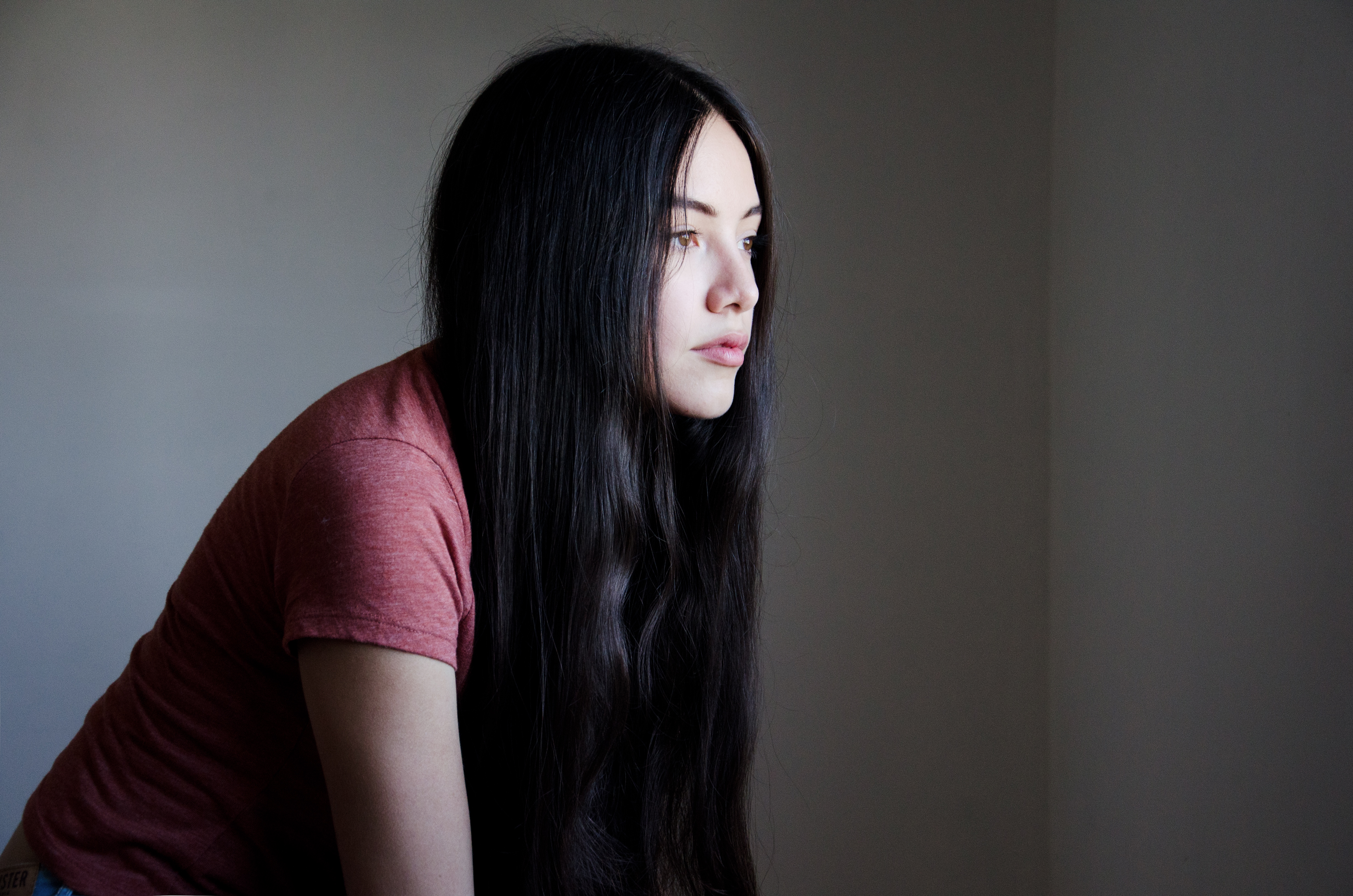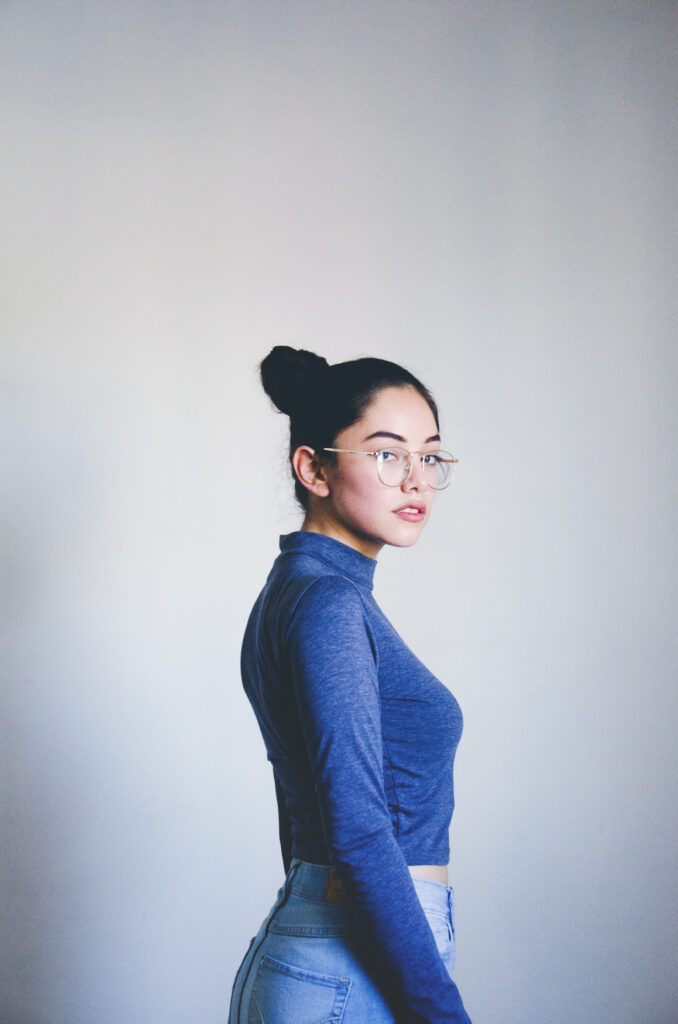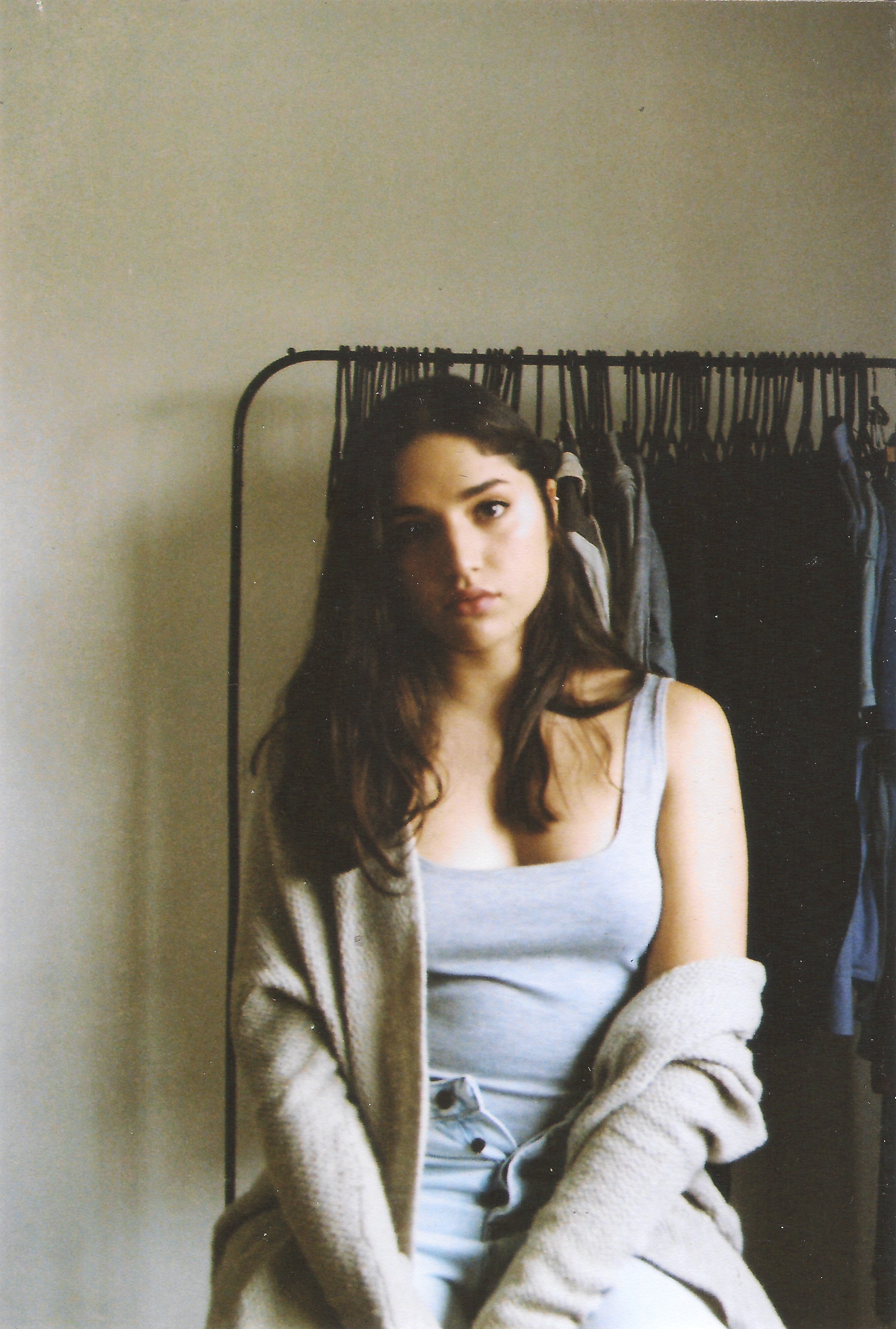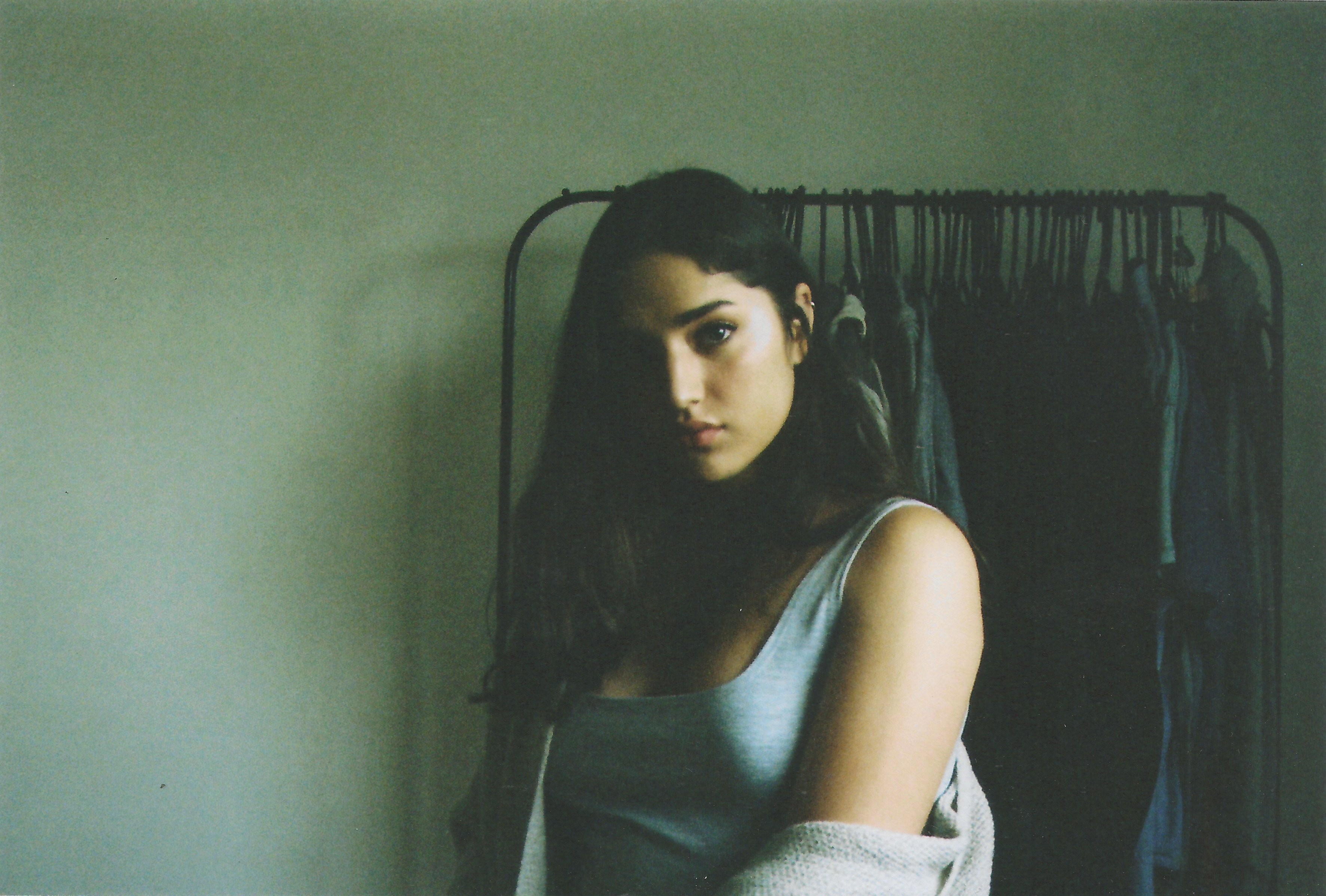Recently I found myself gravitating towards experimenting on film, I used to think about how film is dead (because it kind of is). but I have somehow managed to go against all logic and decided to shoot on film, while I do my regular shoots on digital.
I tried to be scientific about the whole thing, using the same ISO on my digital camera as the film sensitivity (ISO 400), although I could not find a precise answer of whether or not exists a direct relation between the two I made an assumption there is.
First assumption: film ISO and digital ISO correlate to each other

Kodak Portra 400

Nikon D7000
(1/125s. @ f4.8)
.
(1/125s. @ f4.8)
.
Fortunately for the experiment, the film camera’s sensor did not work properly with the new batteries (higher voltage makes the sensor flicker on and off). so this forced me to use my digital camera’s settings into the film camera, also I specifically requested to not make any corrections on the development of the film, so I could compare both, BUT I think they corrected some images regardless.
Second assumption: no exposure corrections during development of film

Kodak Portra 400
(1/100s. @ f5)

Nikon D7000 ISO 400
(1/100s. @ f5)
It’s important to note that for this case there is a tremendous amount of data loss from the film samples, the reason is, that after developing, the print loses definition depending on the size, this ones where printed on standard 4 x 6, a very small size, after that, I had to scan those prints, and this accumulates another big batch of data loss, specifically color and exposure.
data loss can be minimized by scanning films directly, instead of printing
Ideally I would have preferred for them to scan directly from the film with their hardware, but their scanned was down for some reason, I went with the printing instead, I would not do that again.

Kodak Portra 400

Nikon D7000
(1/800s. @ f5.6)
(1/800s. @ f5.6)

Kodak Portra 400

Nikon D7000
(1/100s. @ f5)
(1/100s. @ f5)
Colors on film change a lot depending on your light situation, but I like to see it this way: if you under expose your film you ill bring out it’s hidden colors and if you over expose it you’ll get a different set of colors, almost like different “filters”. where these so called instagram filters get their inspiration from.
Colors on film change if you Underexpose or Overexpose, getting that unique “color profile”

Kodak Portra 400
(Overexposed)

Kodak Portra 400
(Underexposed)
Here is another chart i Found online that explains it better
Having a conversation with a couple of friends I jokingly said that shooting film is kind of cheating, because all you do is point and shoot, the rest is handled automatically by the film’s properties, all you worry about is exposure and composition, this ofcourse is a half truth, but it’s been resonating in my mind lately
Having said that I think at this moment, that even though it’s “easy” I wouldn’t implement it on a professional workflow, that is, I can’t rely on it entirely because, I’m not skilled enough to get a predictable look, some of the shoots are moody, which are very cool, but those seem to be happy accidents, good for fun, but not for business
cant wait to shoot black and white film, the ultimate cheat combo
-crop-683x1024.jpg)
 - Film-web-683x1024.jpg)
 - Film-web.jpg)

Leave a Reply